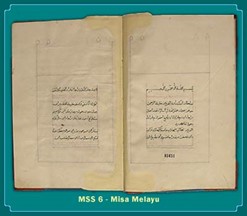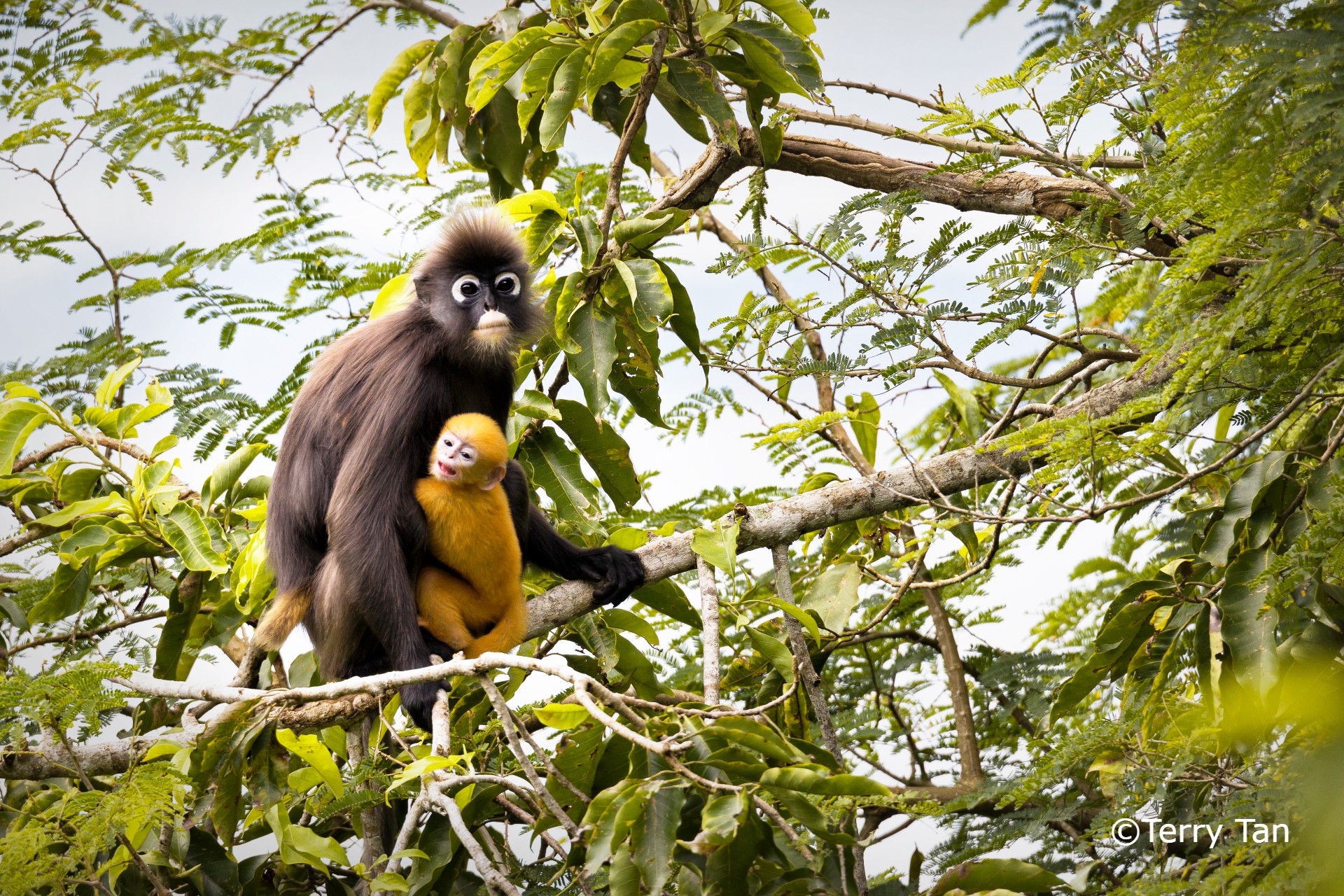The Kinabalu Geopark is located in the state of Sabah, Malaysia, on the northern end of the island of Borneo. The geopark covers an area of 4,750 km2 and is dominated by Mount Kinabalu, which is the highest mountain between the Himalayas and New Guinea. The Kinabalu Geopark is a granite-based geology and holds a distinctive position for the biota of Southeast Asia. The recognition as a UNESCO Global Geopark expresses the importance of managing outstanding geological sites and landscapes in a holistic manner by governmental bodies.
The Kinabalu Geopark in Southeast Asia has unique geological features including the youngest granitoid intrusion in Southeast Asia (7-8 million years old) and an ophiolite sequence that represents an ancient oceanic crust (130 million years old) that records the subducted Proto-South China Sea lithosphere. The intrusion has created a mountainous landscape that is over 4000 meters above the current sea level. Glacial processes on top of Mount Kinabalu during the last Ice Age have created a spectacular glacial landscape in the tropics. At the foothills of Mount Kinabalu, the Pinousuk Plain has the most extensive tilloid deposits in Southeast Asia that are as young as 10,000 years old. The region has 46 established geosites that make the regional geological and landscape history unique.
The geology of the Kinabalu Geopark is of international significance as it represents a cross-section of the Earth’s crust, showcasing features such as granite intrusions, ultramafic rocks, and sedimentary rocks. The geopark also features unique landforms, including the Poring Hot Springs and the Ranau-Tambunan area, which consists of folded and faulted sedimentary rocks. Additionally, the geopark’s caves, waterfalls, and hot springs offer visitors an opportunity to explore and learn about the geological history of the region. The Kinabalu UNESCO Global Geopark has a unique geological significance and special features, which makes it a popular destination for geologists and nature enthusiasts alike.
The scenic landscape of Mount Kinabalu can be seen from Kota Belud as well as from the viewing deck at Kinabalu Park. Another special feature is the hot springs in Poring which are associated with faults cross-cutting the sedimentary and ultrabasic rocks of the Tananansad River. There are also 175 metres in length and 40 metres above ground Canopy Walkway made of wooden planks and supported only by tight ropes and nets. Overall, the Kinabalu UNESCO Global Geopark is a significant site for geological research and education, and it offers visitors a unique opportunity to explore the geological history of Southeast Asia. Its distinctive position for the biota of Southeast Asia also adds to the site’s ecological importance, making it a must-visit destination for nature enthusiasts.
Official website:
https://kinabalugeopark.sabahparks.org.my/






















